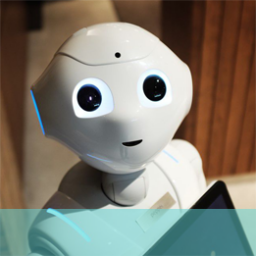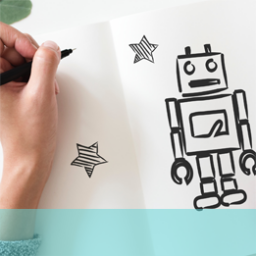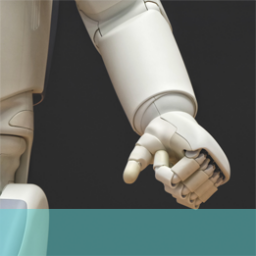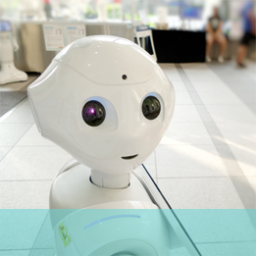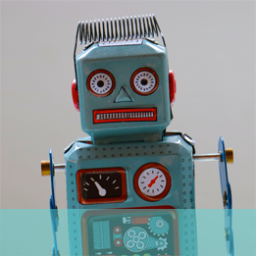
What are Chatbots?
You might never have heard of chatbots or you might have heard of them but have no idea what they are or how they work. The simple explanation is that they are user services which function by a set of protocols (or in more advanced cases using artificial intelligence) and are in some cases interfaced via a chat service such as Facebook Messenger or text messaging. They can be used in many ways including providing customer services, general information or entertainment functions.
In practical terms this means you can interact with a website via Facebook or text and converse with the service as if it were a sales assistant. In other words you can ask it questions or ask it to do things for you and it will respond and react accordingly. This might not sound particularly innovative or exciting but the real potential here is in the fact that messenger apps are now outstripping social media in usage for the first time – and it is a trend that looks like persisting. Businesses who adopt this technology early are likely to get a commercial bump as a result.
It is important when using chatbots that you understand user expectations and wants and try to meet them as far as possible. The type of chatbot that only has limited, rule-based responses is not likely to hold the attention for very long, nor be particularly successful except in the most straightforward of areas. Bots that can learn and adapt using artificial intelligence are much more likely to be useful and successful.
While chatbots need to be sophisticated enough to recognise question in many formats and devise useful answers they also need to have a personality to not create barriers between them and the user. Using avatars that are cartoon-like have proven popular. User research can help identify characteristics and features of your audience and where communications need to be pitched to be effective.
Designing Good Conversation
When designing conversations a number of principles should be kept in mind:
- Try to anticipate issues and topics that users are likely to raise and provide the chatbot with sufficient options and vocabulary to respond helpfully.
- Use language and phrases that are likely to engage rather than sound too formal, technical, patronising or carry any other negative connotations.
- Chatbots should not antagonise, overload or persist with providing information if the user is disengaged or uninterested so make sure responses are focused and relevant.
- Chatbots need to be able to recognise questions posed in different ways and only provide responses that answer the question and not go off on tangents.
- Personalise the message to the user; address them by name; make it feel as though the information is tailored specifically for them; reflect back information the user has provided to show it has been absorbed and understood
- Make the conversation a natural progression; explain what is happening, where they are going. Make suggestions as to what they might do next and gradually reveal the features and elements available to them.
These are just a few tips but any conversational programs that are constructed need user research in the original defining and scoping and to be tested and retested to make sure they work in a beneficial way and are not simply annoying, repetitive or obstructive.
If you are interested in finding out more about designing chatbot conversations why not give us a ring on +44(0)800 0246247 or email us at hello@ux247.com for a conversation of our own!




